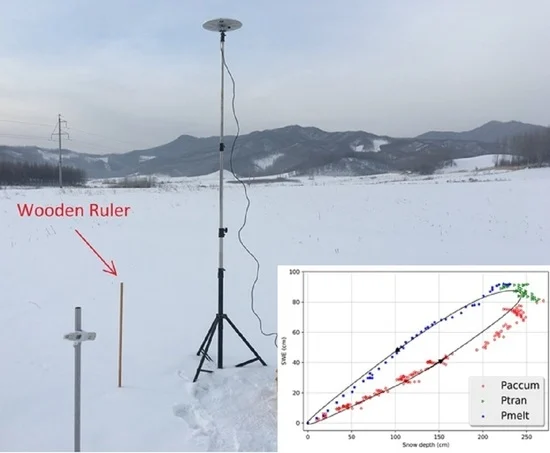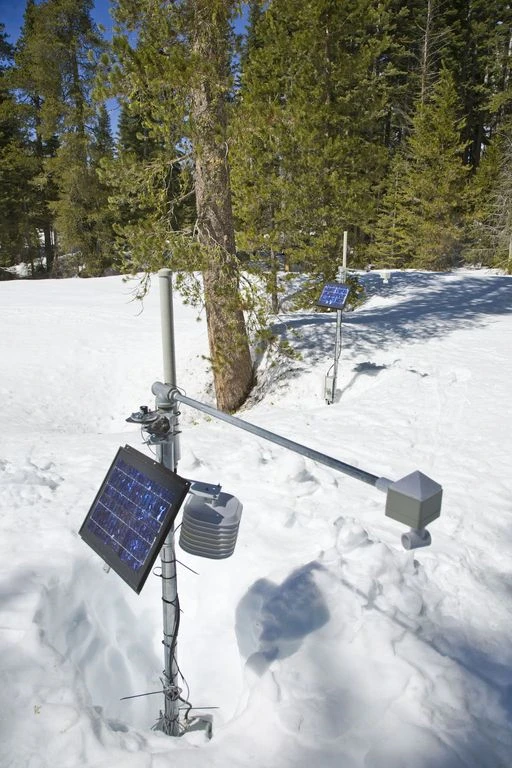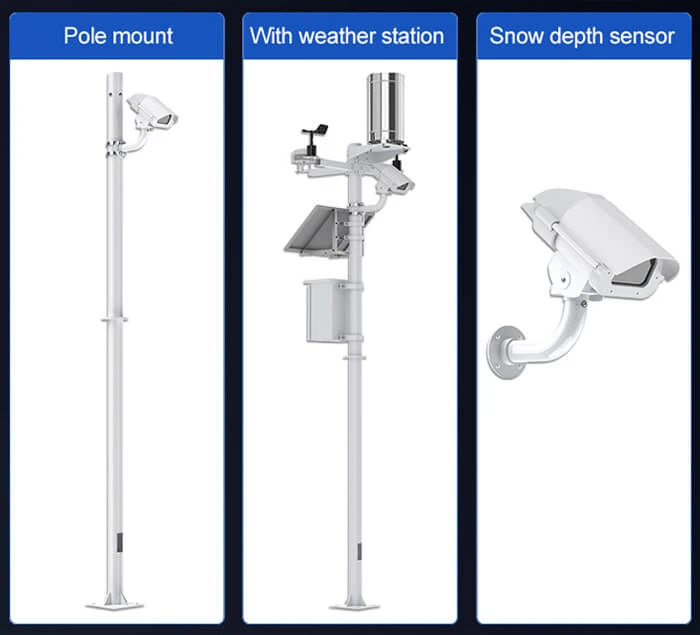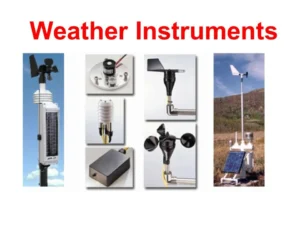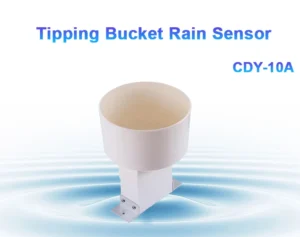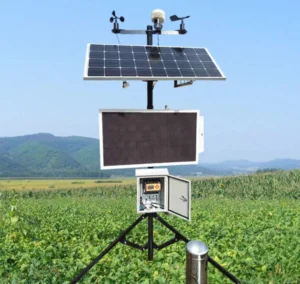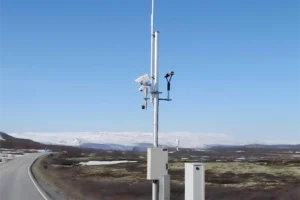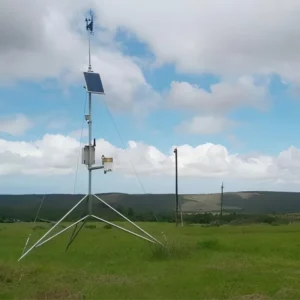Snow Depth Gauge: Measuring Winter’s Depths
In areas with heavy winter snowfall, measuring snow depth is important. This is true for weather forecasting, hydrology, transportation, and recreation. This task falls to the snow depth gauge, a specialized instrument designed to provide precise measurements of the snowpack’s thickness. In this article, we will look at why snow depth gauges are important. We will also discuss the different types available. Finally, we will see how they help us understand winter environments.
The Significance of Snow Depth Measurement
Snow depth data plays a vital role in multiple aspects of human activity and environmental science:
Weather Forecasting:
Meteorologists rely on accurate snow depth measurements to improve the precision of their forecasts. Understanding current snow cover conditions helps predict future weather patterns, such as temperature changes and potential snowfall events. A thick layer of snow can change local temperatures. It does this by reflecting sunlight and keeping the ground warm. This can affect the weather that follows.
Hydrology and Water Resources Management:
Snow acts as a natural reservoir. As it melts in the spring, it replenishes rivers, lakes, and groundwater supplies. Hydrologists can estimate the amount of water released during the melting season by monitoring snow depth. This information is invaluable for managing water resources, predicting floods, and ensuring adequate water supply for drinking, irrigation, and industrial use.
Transportation:
Roads, railways, and airports in snowy areas need to know how deep the snow is. This helps them plan effective snow removal operations. Excessive snow can disrupt traffic, cause accidents, and damage infrastructure. Regular snow depth measurements allow transportation authorities to allocate resources efficiently, ensuring safe and smooth travel for the public.
Recreation:
Ski resorts, snowmobiling enthusiasts, and other winter sports communities depend on accurate snow depth data. Knowing how thick the snow cover is helps ski resorts decide which slopes are safe for skiing. Snowmobile drivers can also plan their routes based on this information. Additionally, accurate snow depth measurements contribute to the overall enjoyment and safety of winter leisure activities.
Types of Snow Depth Gauges
Several types of snow depth gauges are available, each with its own advantages and limitations:
Manual Snow Depth Gauges
Stakes and Rulers: The simplest form of manual measurement involves using stakes or poles marked with measurement increments. You insert these into the snowpack, and you read the depth directly from the ruler markings. While inexpensive and easy to use, this method is time-consuming and requires frequent manual readings. It may also be less accurate in uneven or drifting snow conditions.
Snow sticks resemble stakes; people push these lightweight, portable devices into the snow. They often have a series of markings or flags that indicate the snow depth. Snow sticks are useful for quick measurements in places like ski slopes or remote areas. However, they share the same problems as stakes and rulers regarding accuracy and the amount of work needed.
Automatic Snow Depth Gauges
Ultrasonic Snow Depth Gauges:
These gauges use sound waves to measure the distance from the gauge to the snow surface. An ultrasonic transducer emits a sound wave that travels through the air and reflects off the snow. By measuring the time it takes for the wave to return, the gauge can calculate the snow depth. Ultrasonic gauges are non-intrusive, can operate steadily, and provide real-time data. They are well-suited for remote locations and areas where manual measurements are difficult to perform. However, factors like wind, temperature changes, and snow density can affect the accuracy of the readings.
Laser Snow Depth Gauges:
Laser gauges work like ultrasonic gauges. They use laser light instead of sound waves. A laser beam is aimed at the snow surface. The time it takes for the light to bounce back is measured. This helps to determine the snow depth. Laser gauges offer high precision and are less affected by environmental factors like wind compared to ultrasonic gauges. Researchers often use them in applications where accuracy is crucial, such as in scientific research and hydrological monitoring stations. However, they tend to be more expensive and may require more maintenance.
Pressure – Based Snow Depth Gauges:
These gauges measure the pressure exerted by the snowpack on a sensor. As the snow accumulates, the pressure on the sensor increases, and this change in pressure is correlated to the snow depth. Pressure-based gauges are relatively simple and can be used in a variety of environments. However, they might be less accurate in places with changing snow density. This can happen when the snow cover gets compacted or melts a lot.
Modern Advancements in Snow Depth Gauging
With the advent of new technologies, snow depth gauging has become more sophisticated and efficient:
Remote Sensing:
Satellites and aircraft equipped with sensors can provide large-scale snow depth measurements over vast areas. Remote sensing methods, like synthetic aperture radar (SAR) and passive microwave sensors, can see through clouds and darkness. They help estimate snow depth in remote and hard-to-reach areas. This data helps make snow cover maps for regions and the world. These maps are important for climate studies and managing water resources.
Wireless Sensor Networks:
Many modern snow depth gauges are now part of wireless sensor networks. These networks let different gauges talk to each other. They also send data to a central server in real-time. This allows for ongoing monitoring of snow depth over large areas. It provides important data for quick decision-making. Wireless sensor networks can work with other environmental sensors. These include temperature and humidity sensors. This helps us better understand the winter environment.
In conclusion
Snow depth gauges are important tools. They are vital for many activities and scientific fields. Snow depth measuring technology is always improving. It ranges from basic manual tools for local monitoring to advanced remote sensing and wireless sensor networks. As we deal with climate change and resource management, accurate snow depth measurements are important. They help us understand and adapt to our winter environments.
